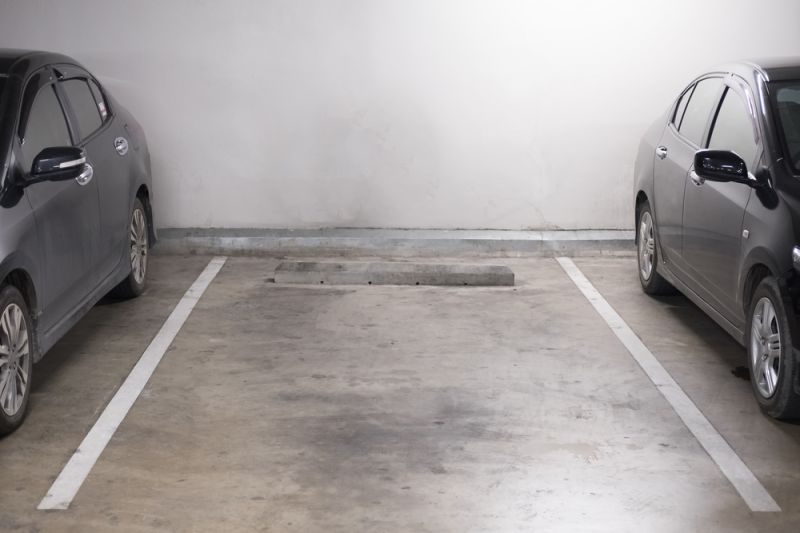


New housing developments in the town centre will now be able to provide less car parking spaces to promote the Government's "desire to increase walking, cycling and bus use", says Environment Minister.
Deputy Jonathan Renouf yesterday published new rules governing the minimum internal space for new homes and guidelines for associated parking areas to bring planning guidance in line with the island’s approach to the climate emergency and residents’ “changing needs”.
The Environment Minister explained: "Given our desire to increase walking, cycling and bus use, I have sought to generally reduce the minimum amount of car parking space that developers are required to provide, while still recognising the need for cars for families, and for people with mobility issues."
The new guidance also increases the minimum size of rooms and – for the first time – includes standards for the provision of bicycle parking spaces.
Deputy Renouf said that the new standards would "ensure we have high-quality, affordable residential accommodation in the island".

Pictured: Environment Minister Jonathan Renouf said the new guidance would ensure "high-quality, affordable residential accommodation".
Under the new rules, all car parking spaces should have passive electric charging, except for homes with more than one parking space, where at least one should provide this infrastructure.
And the minimum number of spaces for bike parking have been included for the first time, with a minimum of one for a single-occupancy one-bedroom home.
A maximum of one car parking space per dwelling is proposed in Sustainable Transport Zone 1 (St Helier's town centre) to encourage walking or the use of more sustainable forms of transport.
For the remainder of the island, minimum levels of car parking provision define a balance between the need to accommodate cars while supporting a
move to more sustainable modes of transport.
The supplementary planning guidance has been updated following a public consultation in March this year and adopted in accordance with Proposal 20 of the Bridging Island Plan.

Pictured: "Given our desire to increase walking, cycling and bus use, I have sought to generally reduce the minimum amount of car parking space that developers are required to provide."
The Government said the update to parking standards guidance, which was last revised in 1988, meant it was now in line with today's environment, the response to the climate emergency and the need to encourage and enable more sustainable forms of travel, such as walking, cycling, and taking the bus; as well as encouraging the adoption of electric vehicles.
Meanwhile, the guidance for new homes, last revised in 1994, now reflects the increasing need for sufficient space designed to accommodate the number of people who are likely to occupy the dwelling, according to the Government.
Deputy Renouf said: "This will not only help support us in the delivery of new homes needed, but also ensures we are creating better places to live by setting standards for dwellings that will be durable and flexible, and that meet Islanders' changing needs.
"The focus of this guidance is to ensure we have high-quality, affordable residential accommodation in the island.
"Given our desire to increase walking, cycling and bus use, I have sought to generally reduce the minimum amount of car parking space that developers are required to provide, while still recognising the need for cars for families, and for people with mobility issues."
The minimum gross internal area for a single-occupancy one-storey dwelling has increased from 34.5 square-metres to 41/43sqm.
This means that the minimum size of a one-occupant dwelling is now higher than the UK's, which is 39sqm.
The minimum combined floor area for living, dining and kitchen spaces has also increased to 21sqm for a single-occupancy dwelling and 24sqm for a two-person home. The minimums for internal and external storage spaces have also increased.
Read the full revised guidance for residential space standards here.
Read the full revised guidance for parking standards here.
Comments
Comments on this story express the views of the commentator only, not Bailiwick Publishing. We are unable to guarantee the accuracy of any of those comments.